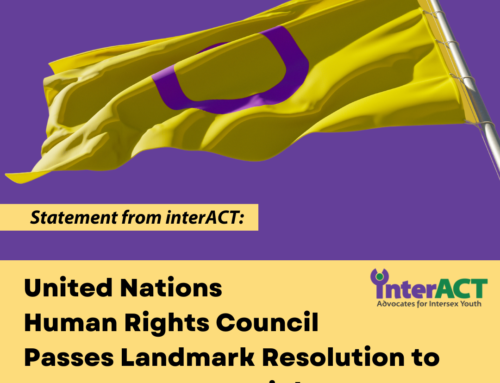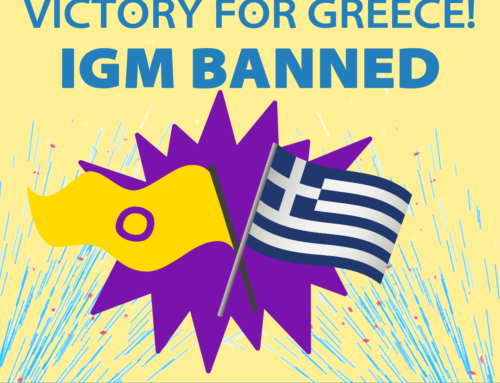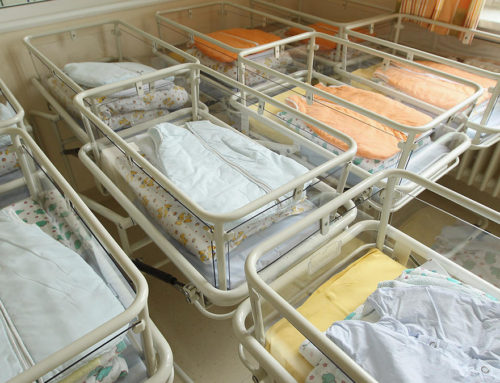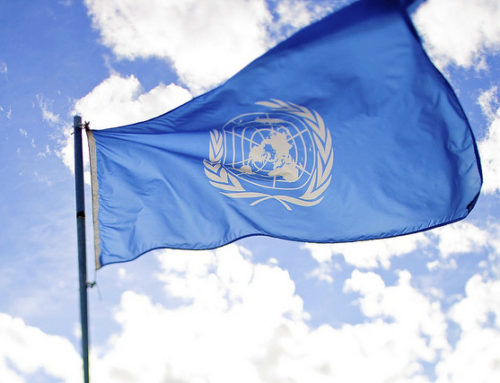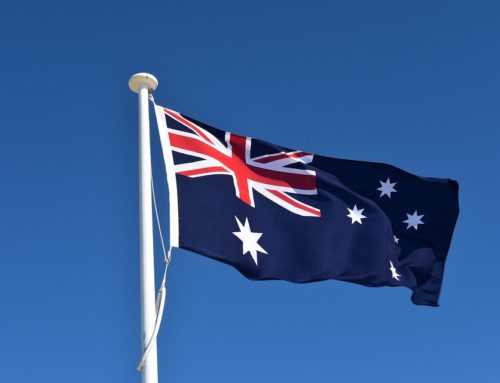Why do we have a day of solidarity?
Intersex Day of Solidarity marks the birth on November 8th of Herculine Barbin. Herculine was a historical intersex person who documented her life in memoirs all while her sex was policed by legal and medical systems.
This day of solidarity on her birthday was first called for by Organisation Intersex International, a global network of intersex organizations. All people invested in intersex human rights are encouraged to show intersex solidarity.
Today interACT recognizes Intersex Day of Solidarity by lifting up our global partners across the world. Our Director of Engagement, Bria-Brown King, shares why global solidarity is critical for intersex freedom.

Intersex activists from around the world pose for a group photo at the ILGA World 2022 Conference held in Long Beach California.
1) Why do we think about international solidarity on the Intersex Day of Solidarity?
Brown-King: The movement to protect intersex bodily autonomy and an intersex person’s right to self-determination is a global movement. While November 8th is a day to honor and remember the life of Herculine Barbin of France, it is also a day to honor and remember intersex people from countries around the world who have resiliently fought the societal belief that intersex bodies need to be “fixed.” The desire to have our human rights protected exists beyond geographical borders.
Many international human rights organizations, such as the United Nations, the World Health Organization, Amnesty International, and Human Rights Watch condemn non-consensual surgeries on intersex children and acknowledge them as human rights abuses.
Around the world many intersex people share the experience of trauma and discrimination as a result of our intersex traits. Despite the distance between us, intra-movement solidarity provides an opportunity for us to organize around those shared experiences. We reclaim our dignity, reminding the world that intersex people have always existed throughout history and we’re here to stay.
2) Why think globally when we consider the future of the intersex movement?
Brown-King: Thinking about the future of the intersex movement from a global perspective is important because it requires us to examine intersex issues, strategies and barriers to justice through different frameworks. As intersex activists we examine these issues through a human rights framework.
Unfortunately, there’s no global consensus among the respective governments responsible for enforcing human rights laws that the human rights of intersex people are being violated. What happens when governments fail to protect the people’s basic human rights? According to philosopher John Locke, the people have the right to start a revolution. That revolution, for us, looks like dismantling harmful beliefs about sex and gender—how “biological sex” and gender is dependent on and determined by the body parts a person has. Herculine Barbin and so many others have been challenging this mindset for centuries, and yet society still clings to it.
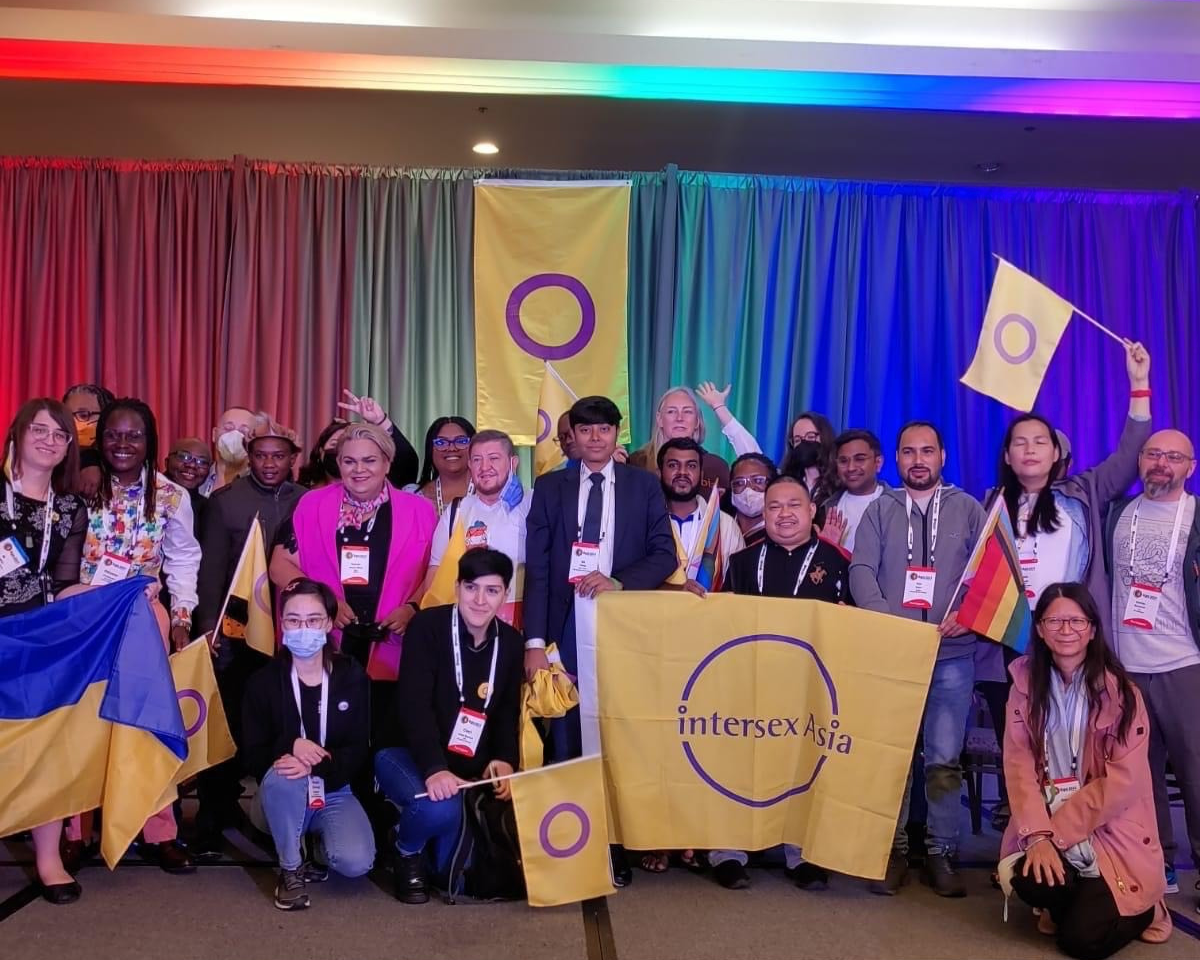
In many countries including the United States, intersex issues are seen largely as medical “disorders” that need to be corrected through medical interventions. There isn’t much of a focus on the human rights and bodily autonomy of the individual. Though through advocacy efforts we continue to see positive movement in the US within the government and at individual institutions–we celebrate the wins big and small. Globally we celebrate the wins of others, like this year’s intersex rights law in Kenya and a ban on intersex genital mutilation in Greece.
There’s no one-size fits all approach to intersex advocacy in the global context. The approach that advocates might choose to employ in the Global North might look very different than the approach that advocates in the Global South utilize. In some regions aligning intersex issues within the context of the broader LGBTQ+ movement is a good strategy, while in other regions this could be detrimental and counterproductive. While we are all fighting the same fight, we may be required to deploy different strategies to achieve our desired outcomes. The future of the intersex movement requires meaningful transnational collaboration to effectively support the needs of intersex people around the globe.
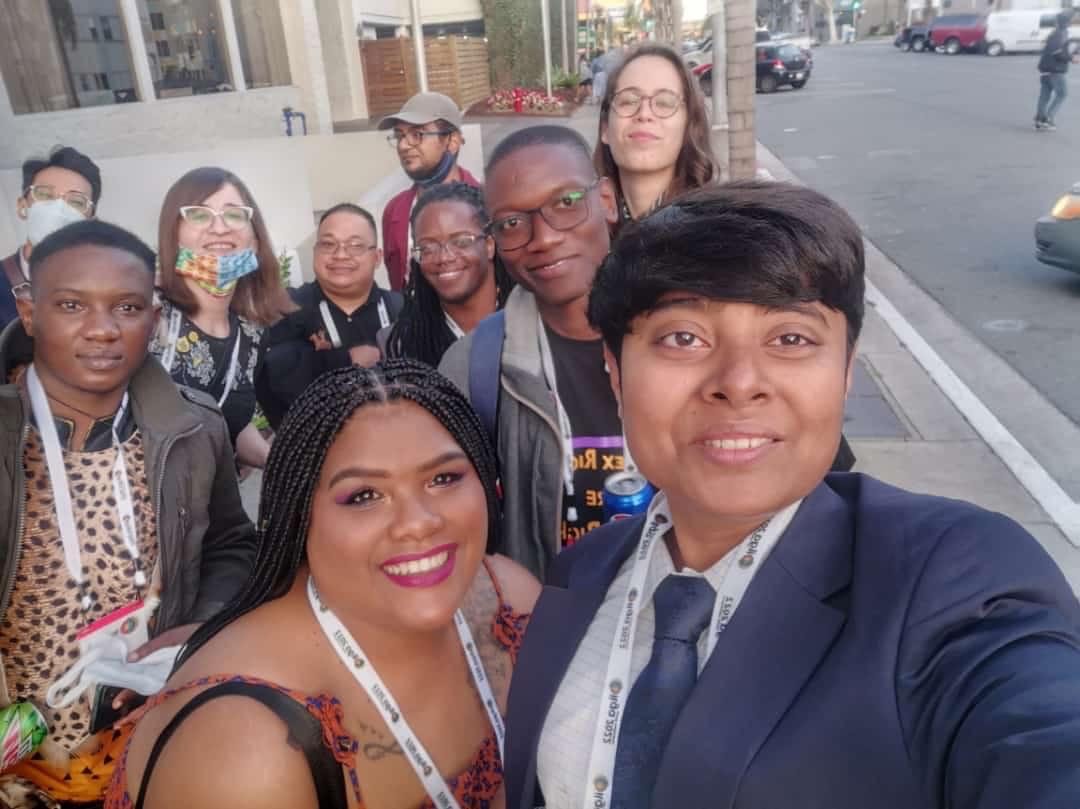
3) How can allies lift up intersex organizations across the globe?
Brown-King: Allies can lift up intersex organizations around the globe by getting familiar with who those organizations are and getting in touch to see how they can best show support.
Intersex organizations still receive less than 1% of all LGBTQI+ funding. Many intersex activists do this work on a volunteer basis or with very limited funds. If you request labor from or ask a question of an intersex organization, consider making a donation.
There are over 50 different intersex organizations and groups doing intersex advocacy work on every single continent with the exception of Antartica (but who knows?). We’ve compiled a list of those organizations here and if we’re missing anyone, please let us know.
(If you have a translation for this article you’d like to add, please send us an email at [email protected])
Thank you for reading to recognize Intersex Day of Solidarity • Día de la Solidaridad Intersexual • Araw ng Pagkakaisa ng Intersex • Journée de la Solidarité Intersexe • 间性人团结日 • Interkønnedes Solidaritetsdag • Dia da Solidariedade Intersexo • Giorno della Solidarietà Intersex!

